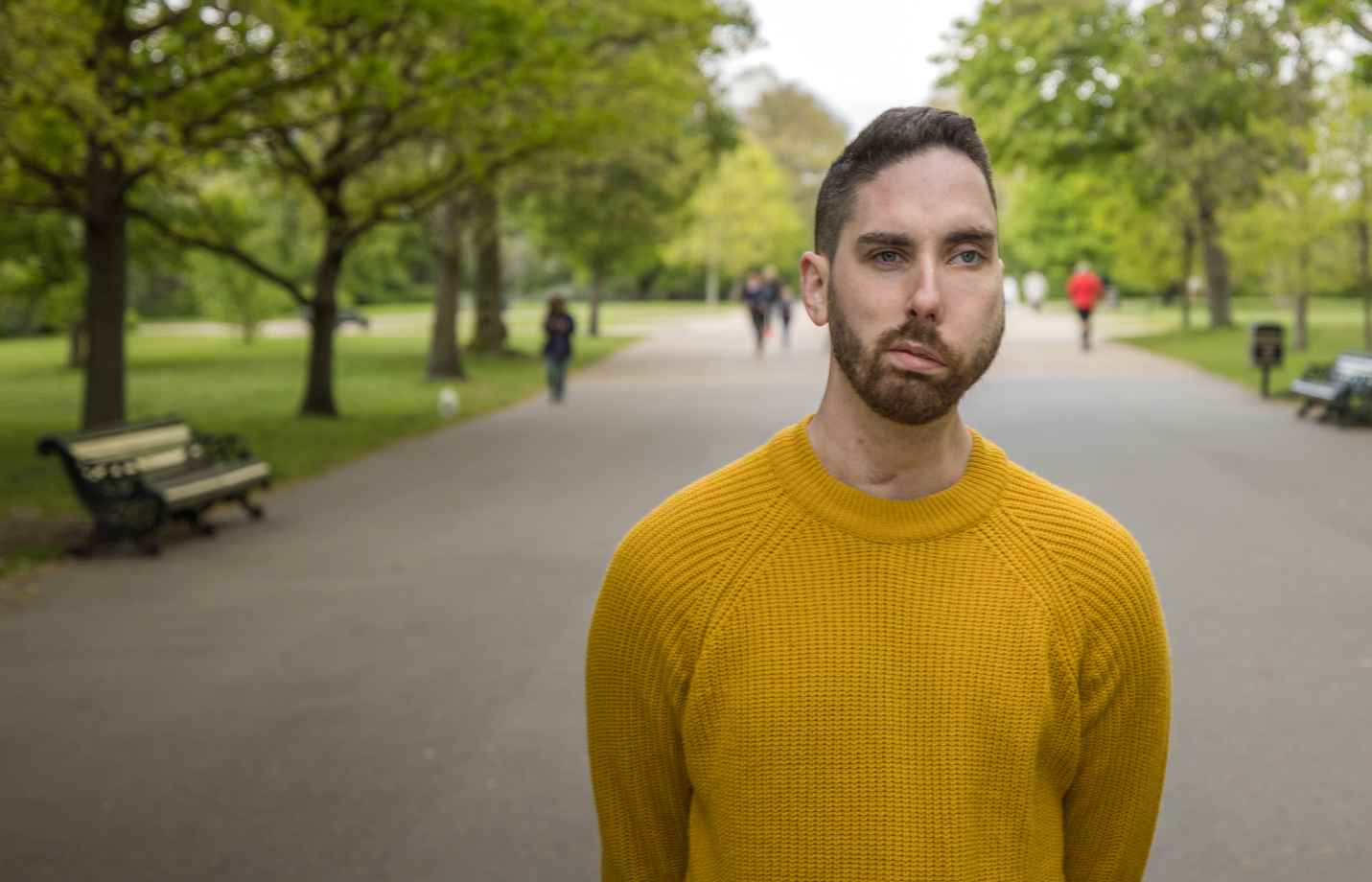Resources to promote diversity and inclusion
Check out these recommendations shared by our campaigners and ambassadors -for books, toys, films and TV programmes.

Staring can be damaging to the wellbeing of people with a visible difference. Our Stop the Stare campaign seeks to stop staring before it starts.
Whether conscious or unconscious, staring can be damaging to the wellbeing of those with a disfigurement or visible difference. The Stop the Stare campaign is all about educating people to be mindful of their behaviour and stop staring before it even happens.
Our film helps explain the impact that staring can have on someone with a visible difference. Please share it on your social media, with friends, family or colleagues to help us explain why staring needs to stop.
You’re less likely to stare if you are used to seeing people with visible differences. Popular culture makes this a challenge, featuring so few people with visible differences. That’s why we’re encouraging more brands, organisations, films and TV shows to positively include people with visible differences. Follow our social media channels for a more diverse and inclusive social media feed:
when they go out in public
as a result of having a visible difference
when they go out
Parents tell us they get embarrassed if their young child points, stares or makes a loud comment about someone with a visible difference who they see in public. That’s why it’s so important to talk about and celebrate differences at home, from an early age. There’s a growing range of toys that feature positive representations of visible difference. Books are also a great way to introduce and talk about visible differences.
What may seem like a few seconds of staring at someone with a visible difference on the bus feels like a lifetime to the person experiencing it. I’ve had times when staring has sent me into a spiral of anxious thoughts, when I’d otherwise been very happy going about my day. Staring makes you question everything that happens around you, sometimes days after it happens – if you see people laughing, you question, “Are those people laughing at me?”
Check out these recommendations shared by our campaigners and ambassadors -for books, toys, films and TV programmes.
Our butterfly activity pack (PDF download) is for younger children and combines celebrating difference with crafting and colouring.
Sometimes it happens. If you ever find yourself staring at someone with a visible difference or disfigurement, here’s our advice about what to do next.
I call stares the silent killers. When someone stares it can make you very anxious. I’d be left thinking about what was going through their head about me.
The person you’ve caught yourself staring at has probably had to deal with lots of people staring and commenting before you. Don’t always expect a smile back or that the person will want to start a conversation.
It’s great that you want to take action and challenge the prejudice and discrimination too many people with visible differences and disfigurements still face today.
Become a visible difference ally. Take our free, short course, to be a better ally. You’ll learn more about living life with a visible difference, and it covers topics like what language to use, why we may stare in the first place and how to stop the stare.
We want to get more people talking about visible difference and disfigurement, the prejudice people can face, and how we can challenge stereotypes about visible differences. You can help by hosting your own Face Equali-Tea Party, which comes complete with conversation starters.
We campaign on everything from better representation of visible difference and disfigurements in film to preventing hate incidents and hate crimes. Get our regular supporter newsletter to keep up to date and support our work.
We’re here for anyone with a visible difference or disfigurement on their face or body. We know that constant stares, negative comments and abuse just because of how you look can really take a toll. Experiencing negative behaviours and reactions from others isn’t always easy to manage. But you’re not alone.
You might find our self-help pages are a good place to start. And our Support and Information Line team is here to listen and let you know about the services we offer, from our Online Community group to free, one-to-one counselling and wellbeing support.
Read about this year's campaign theme on our Face Equality Week page. We update this page each year – so keep an eye out to see how you can get involved.
Our A World of Difference classroom and assembly resources have been created to help teachers deliver lessons about visible difference.
Hosting a Face Equali-Tea Party is a great way to connect with loved ones, enjoy a slice (or two) of cake, and raise vital funds for Changing Faces.